An Odyssey of Discovery: Year Two
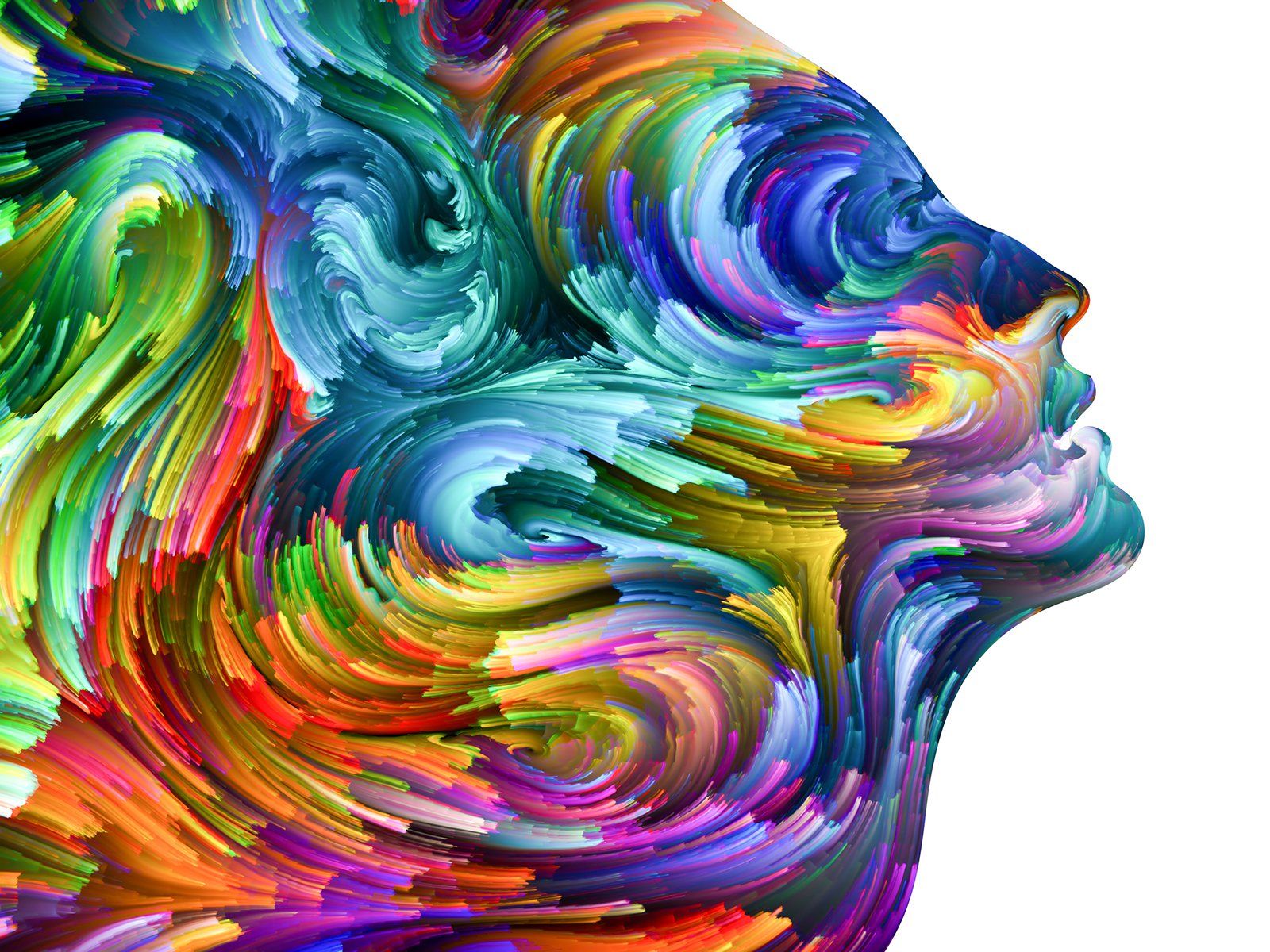
From just an idea embedded in a handful of minds, AKASHA crystallized into a community of thousands of people united by the dream of a better home of Mind. Today, 1028 days A.E. (After Ethereum), we celebrate together over two years of exciting research, intense testing, and heavy development converging into what will become the next phase for AKASHA.
But, before jumping into the tech, we'd like to say that these years also made us realize how lucky we are. Lucky to be alive during these times, lucky to be a part of this space, and even luckier to have you, the Community, at our side on the front lines - actively co-creating this new world.
On that note, your support has been truly invaluable along the way... on many occasions.
Your kind words and warm encouragements made us believe in ourselves even when solutions seemed out of reach. Even better, you helped us to get out of our comfort zone and walk that "extra mile" in the search for better answers.
Among all the hype, craziness and uncertainty surrounding the blockchain landscape, we found something to center us. Your support. From the bottom of our hearts, we want to say: thank you!!!
This one is for you! \o/
EDCON: Never forget why you started
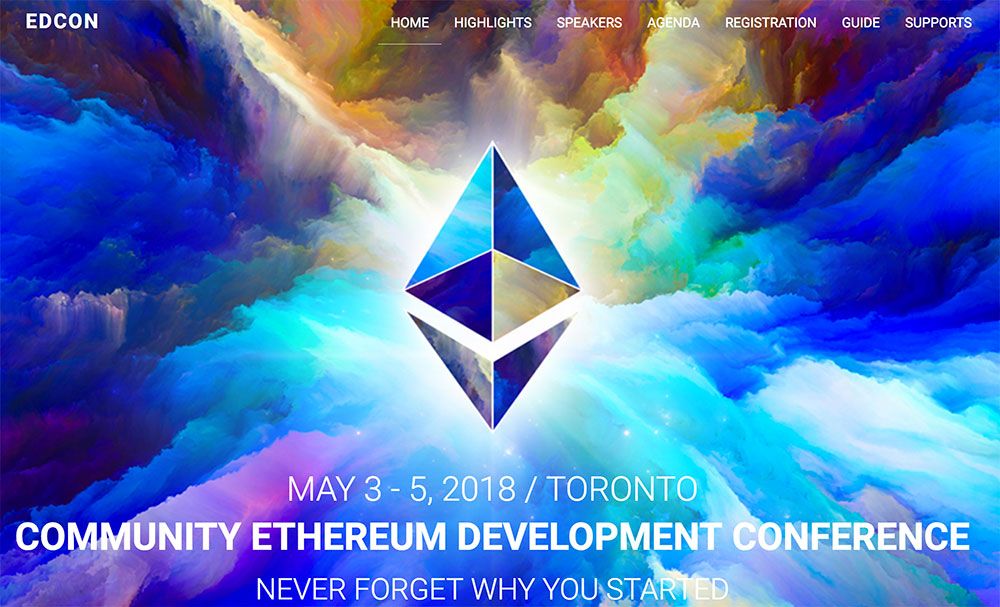
The latest EDCON event organized in Toronto was our third Ethereum conference participating as AKASHA. It was a fantastic event overall and a great opportunity to meet again many friendly faces, exchanging ideas and sharing thoughts with like-minded people. Big thanks go to Pandia, Shirley, Shuyue and the whole LinkTime team for making this conference happen!
Just like for the first two Ethereum events we participated in, that feeling of "belonging" we are subconsciously longing for was overflowing in the Ryerson University during three magical days. Moreover, since the Ryerson University describes itself at the intersection of mind and action, we felt that it was the perfect place to discuss the future of AKASHA.
Since the early days of the project, the token layer was a topic of big interest and we spent many hours trying to "crack it" and even removing it from the equation.
Internally, questions starting from "can we achieve X without a token?" and ending with "what are the game theory implications of Y?" have been searching for answers for many months now. At the same time, one of the most frequently asked questions online was "when ICO?".
This was likely caused by the "ICO fever" that brought with it a tsunami of half-baked tokens and token sales ending in minutes (even seconds) with tens (even hundreds) of millions of dollars in funds raised - some without even a prototype to demonstrate that the idea is actually feasible.
In our case, from the start, the general agreement within the AKASHA Team was that if the idea(s) and implementation(s) are solid then the money will follow... but as a side-effect, not as the main goal.
Our main goal revolves around leveraging decentralized technologies to empower people with better tools of communication; it is not about launching a token just "because ICO". Or lambos.
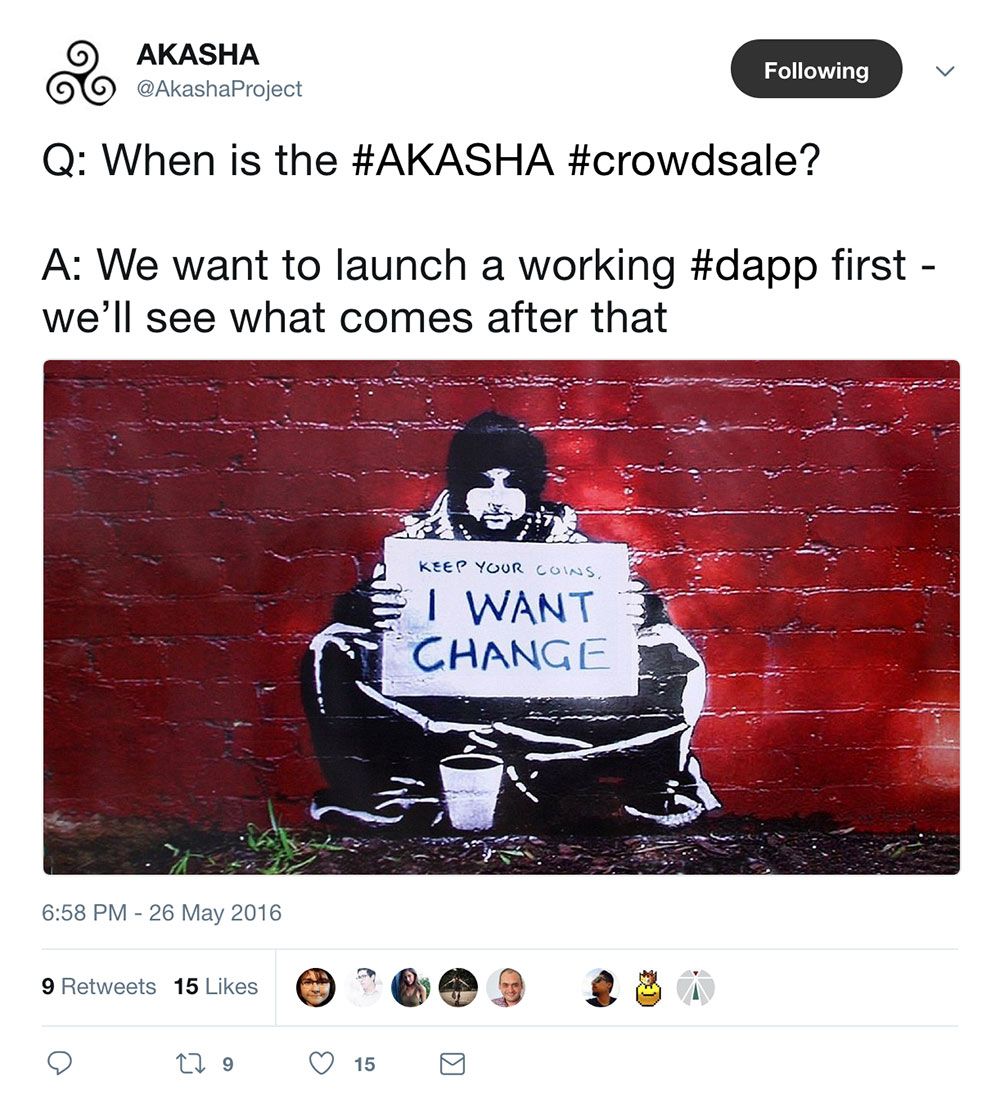
With this in mind, we tried to make it clear from the beginning that AKASHA will not conduct an "ICO" just for the purpose of raising money. Moreover, we all agreed as a team that if there will be an "ICO" then it will be for a token that actually solves an otherwise "unsolvable problem" in the overall system.
This mindset, alongside your support, helped us to stay true to ourselves during the past two years while walking the unknown path of blockchain pioneering through trial and error. It was not easy, but along the way, we realized that in every failure there is also a lesson to be learned.
This is how the path of trial-and-error-error-error lead us to Essence, a new token idea that seems very promising, since it would help us to tackle several big challenges that any social network faces.
Among the highlights, we have a separation of the reputation/moderation/voting layer from the posting layer through multidimensional signaling and an emergent, multidimensional, reputation system resulting from the signaling activity within the network.
Even more importantly, our main goal of leveraging decentralized technologies to provide better systems of communication is enhanced rather than diminished by this new token idea. In our experience, this is a rare thing when it comes to token ideas.
This being said, it's worth mentioning that this is a work in progress and that we expect it to evolve in the following weeks as we are formalizing it into a document, describing in more detail the smart contract architecture and how the concept works on the technical side.
There is no guarantee that this idea will work better than others, however, its potential is too good to leave it unexplored in greater depth. Even if this experiment doesn't work, the insights and knowledge resulting from it will prove invaluable to us in the next experiment.
Two years after we unveiled the project, it still feels like we're barely getting started!
Let's see where this new rabbit hole will lead us to!
Those interested can find our EDCON presentation at the end of this post.
Getting to the Essence of things
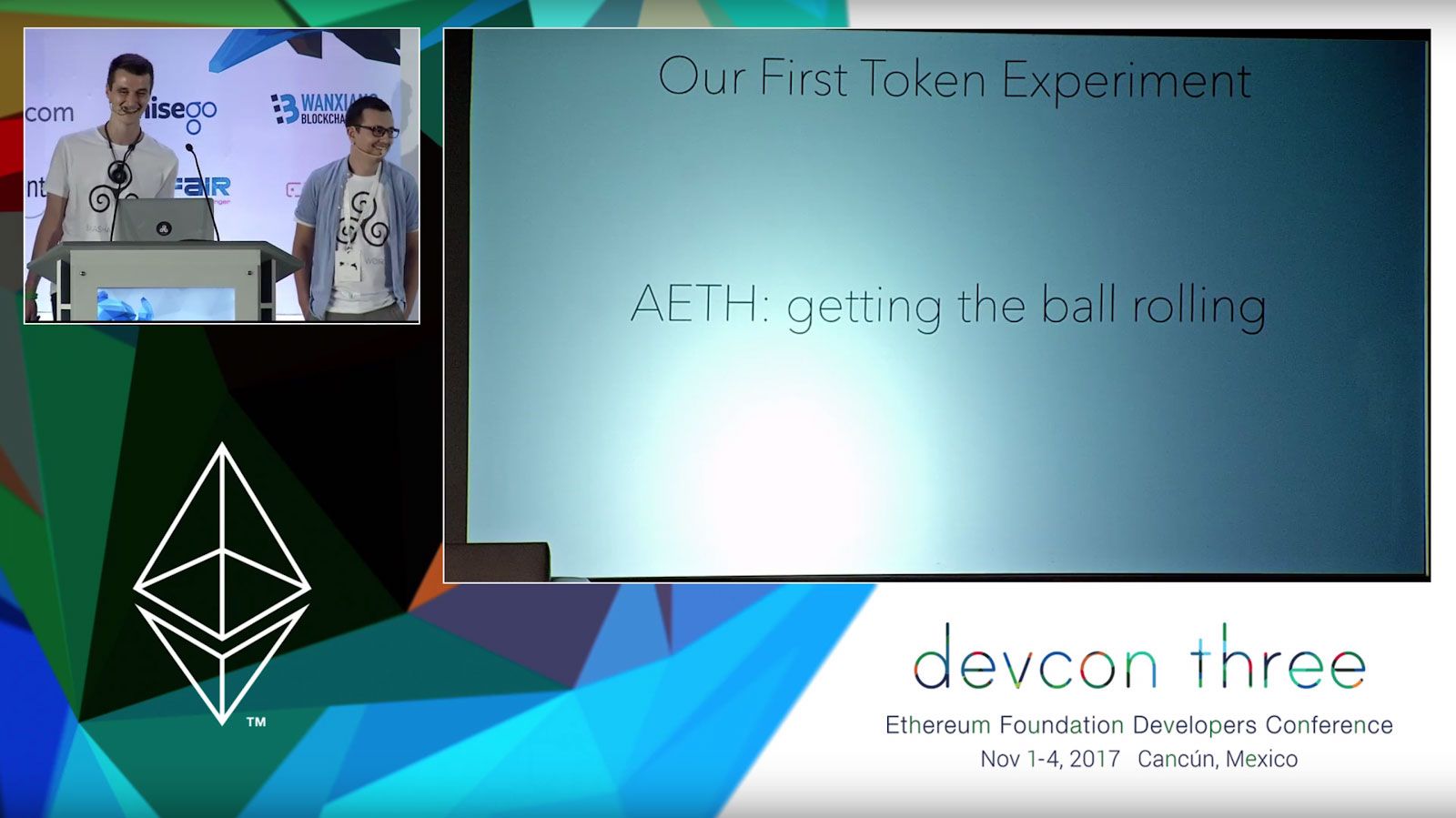
Looking back, we've come a long way since our first token experiments. While in the alpha stage, we purposefully avoided the "token challenge". In the beta stage, we decided to give it our best.
Rooted in a deep awareness that we are just a small team with big dreams and limited resources to make them happen, we began exploring ideas.
One of the ideas that caught our attention involved a multi-tier token capable of transitioning between several states. In this approach, a token could be transferable in some states, non-transferable in other states, or regenerable. As a concept, it offered flexibility, and we liked that indeed.
This idea was presented during the DEVCON 3 event that took place in Cancun last year, in our presentation titled "Unveiling the next experiment." In the first iteration, the token placeholder was AETH and we tried to make it clear that this name was not decided upon, inviting everyone to join us in the search for better names and ideas.
Those interested can read this post for more details.
Fast forwarding, the EDCON Toronto event took place exactly 6 months after DEVCON 3 and in all this time we've experimented with several ideas, trying to understand how we could take the concept to the next level.
In the process, we didn't stumble upon just "level 2" but rather had a glimpse at its "n level" conclusion. This is how the second iteration of the experiment gave birth to what we now call "Essence," a multi-dimensional token framework.
Deep down, we feel that this approach hints also to what the next generation of tokens (i.e. Token 2.0) could look like.
At EDCON we tried to paint a picture describing how this idea could work and also why it would make sense in our current (collected) Information Society. The best part is that we're going to figure out if the idea is solid together through many parallel and playful experiments!
How cool is that? 🙂
AKASHA Essence: a colorful token framework

In nature, the phenomenon of colors enables visual perception capable of differentiating otherwise identical objects. Furthermore, depending on the case, colors can be used as an universal communication language, transcending species.
From plants to animals to advertising, we have many examples in day-to-day life where colors are used to communicate anything from "danger" to "attraction."
Since colors can be described in terms of hue, lightness, and saturation, we feel that we have a solid conceptual foundation upon which we can develop a new framework for signaling systems based on blockchain technology.
On this note, when trying to understand the concept of Essence, it is helpful to imagine it as a white glowing liquid which resembles water.
One of the main properties of this glowing liquid is that it can be infused with instructions, creating in the process various kinds of Essence derivations. Each derived Essence has its own unique glowing color and properties, hence the naming of "Colored Essence".
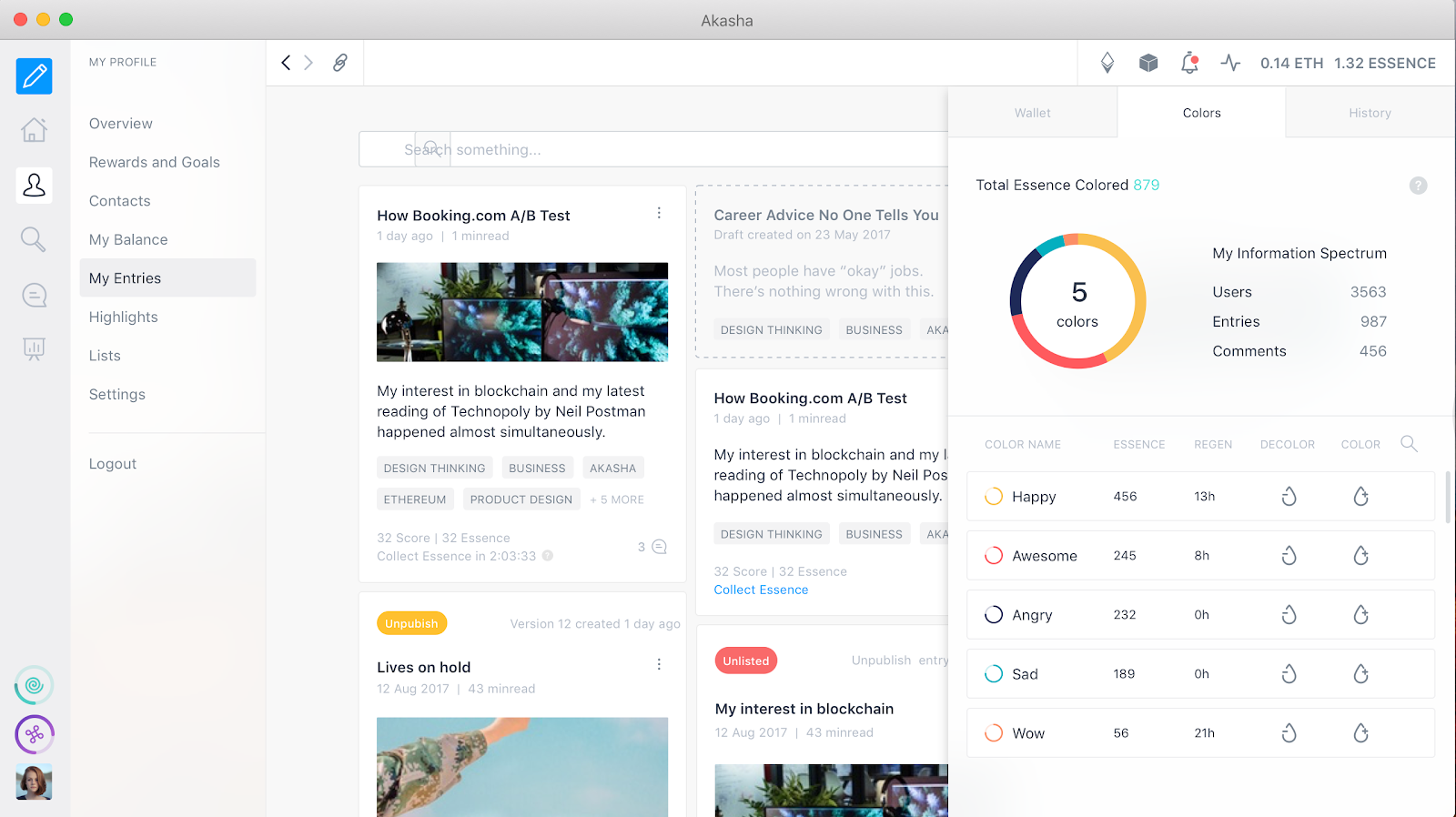
When starting, the users will have in their balance "pure Essence" that they can use to either participate in an existing community/signal (Colors) or to create their own by coloring their Essence. On the other hand, if an user wants to remove themselves from a particular community/signal, the "Colored Essence" can be decolored back in its "pure Essence" form.
Similarly to how Alchemists mix substances and elements for various purposes, AKASHA users will now have at their fingertips a way to co-create new ways of looking at the world.

If we'd take social insects like ants, using pheromones to mark the path to food, in our case, each Colored Essence becomes its own unique "pheromone" that can be used to mark "paths" to relevant information. This introduces a new way for AKASHA users to navigate the constantly accelerating information flux in the search for relevant information. Quite handy.

Through the user activity, each Color generates a feed and the Colored Essence present in the user's balance will highlight the activity within the group while keeping also an overall overview of how the content is perceived in the bigger picture.

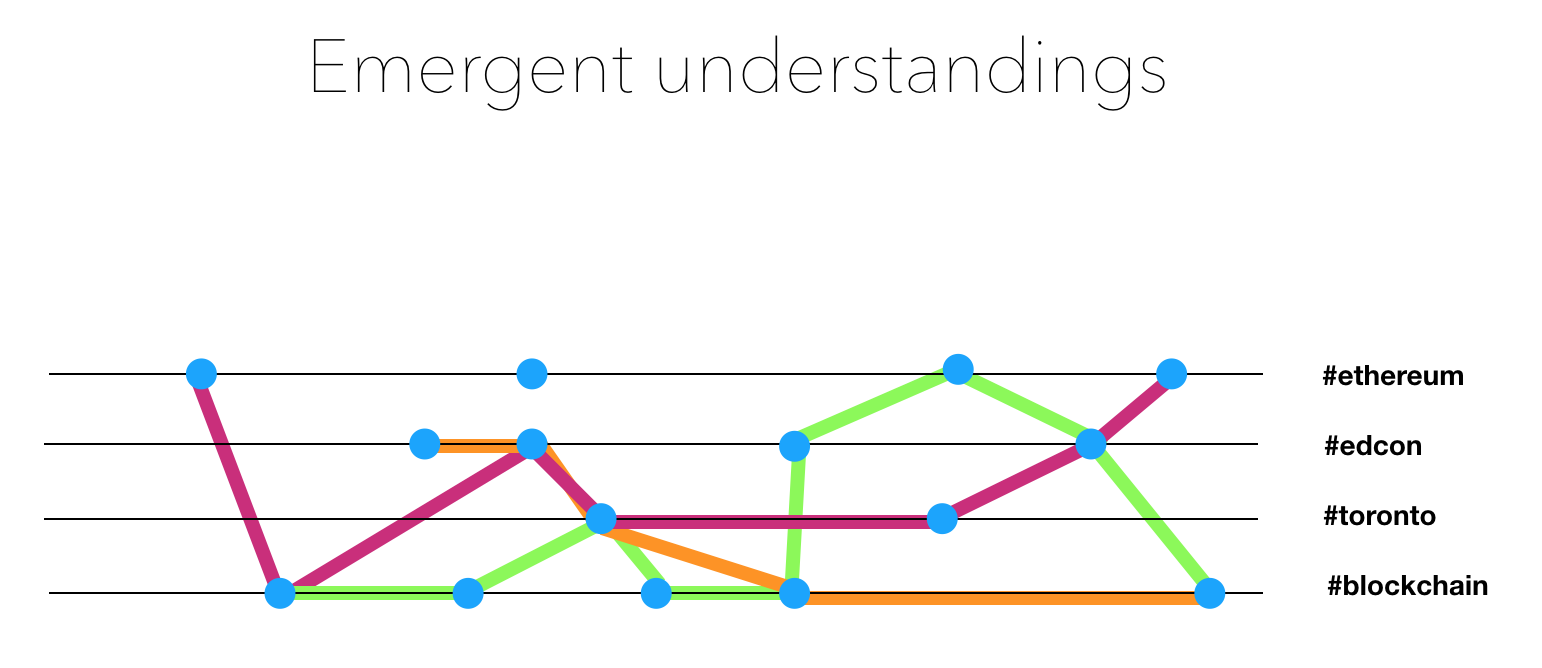
Through this approach, we create a "Minecraft of attention networks" with a "coinmarketcap-like" section representing a window into this new kind of "decentralized attention market". It's also an interesting new take on what tokens can be useful for - decentralized parallel information processing.
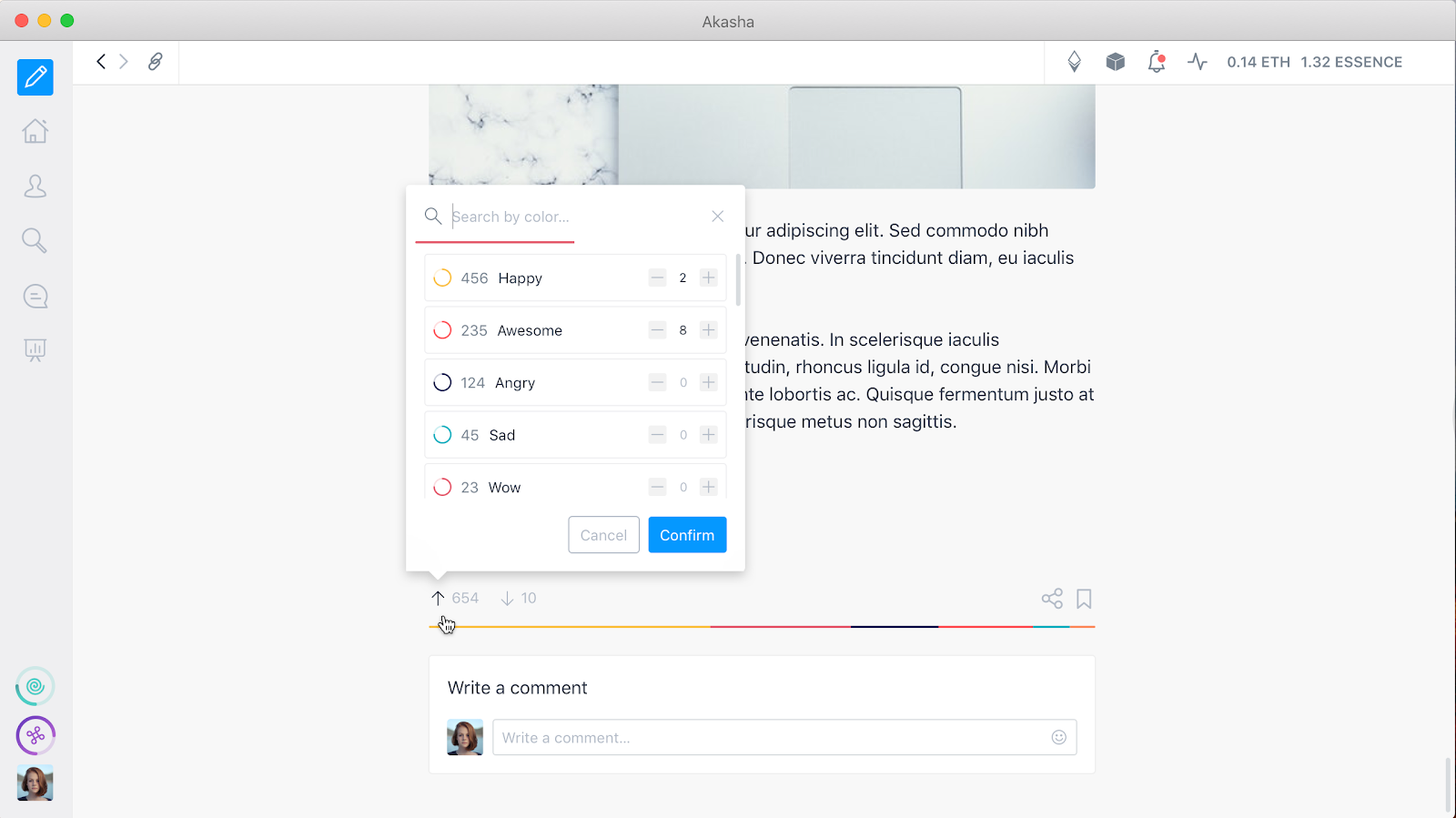
Hopefully, this approach will liberate our minds from the "one perfect token model to do everything" burden by creating a token framework enabling people to organically come up with ideas in the search for the best one(s).
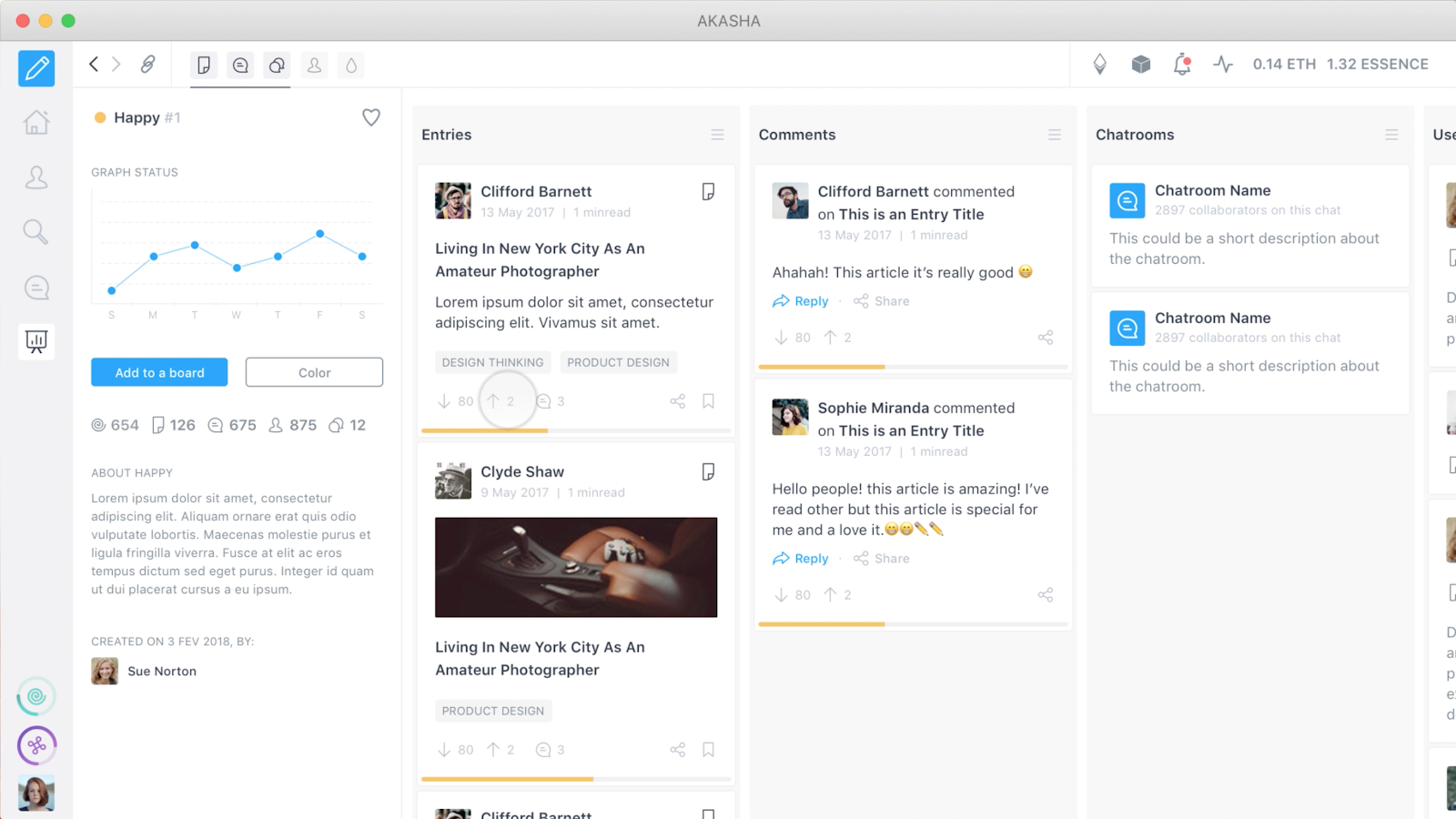
This is very interesting also because the curation layer can "evolve" in time, with better curation and incentive schemes bubbling up organically to "top 10" while others fade away.
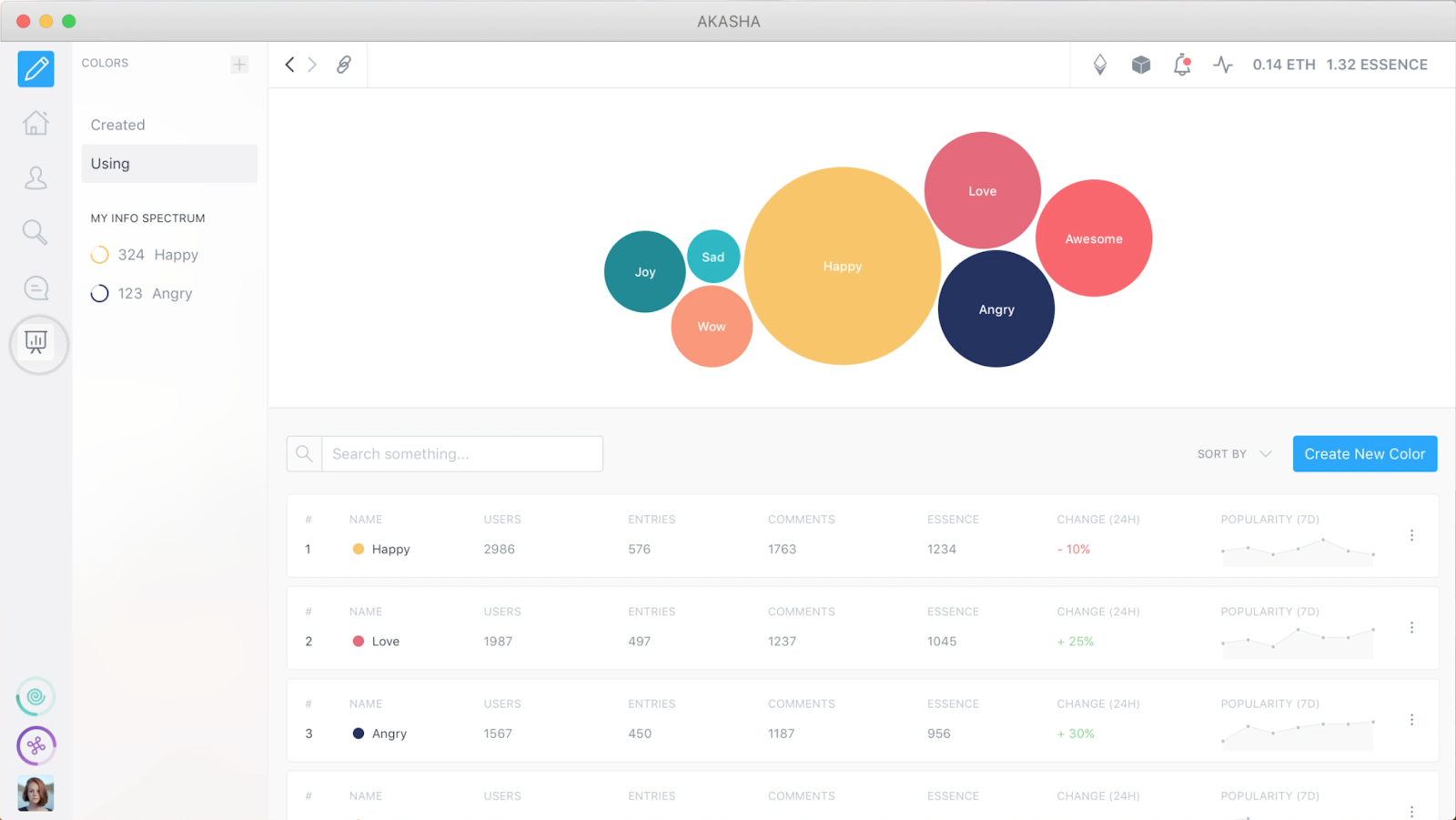
In other words, the Colored Essence offers a new kind of "lens" through which the user is capable of exploring, discovering, and creating "reality" from a multi-dimensional perspective. This way, not only is the user in control of their information flows; they are also made aware of the "echo chambers" surrounding them.
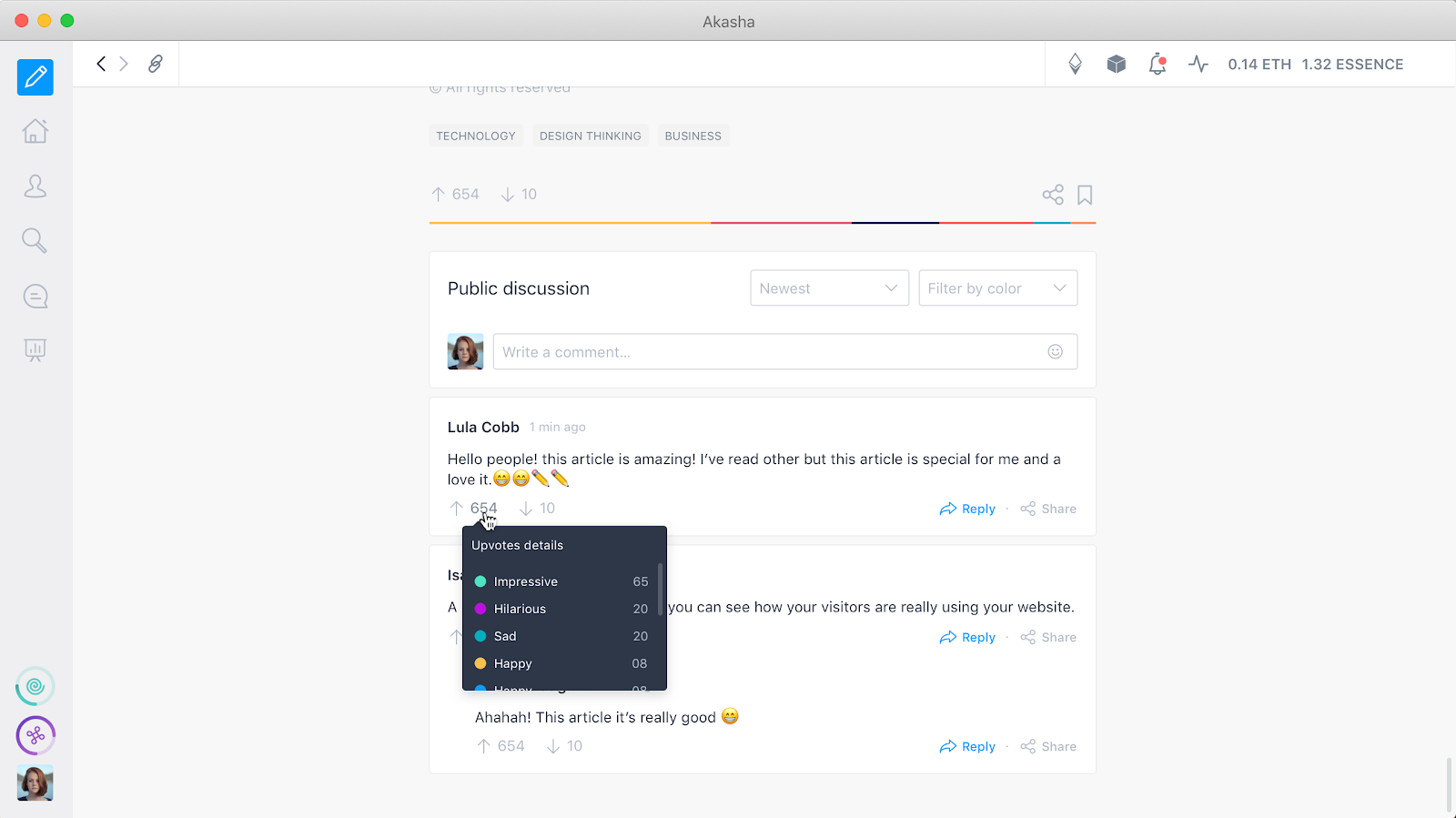
The plan is to have a working prototype implementing the new token framework in the coming weeks. The next stage is to stress test and see if the idea and implementation concepts are solid. We'll see what comes after that!
Exciting times ahead!
But why? How is this different from ... ?
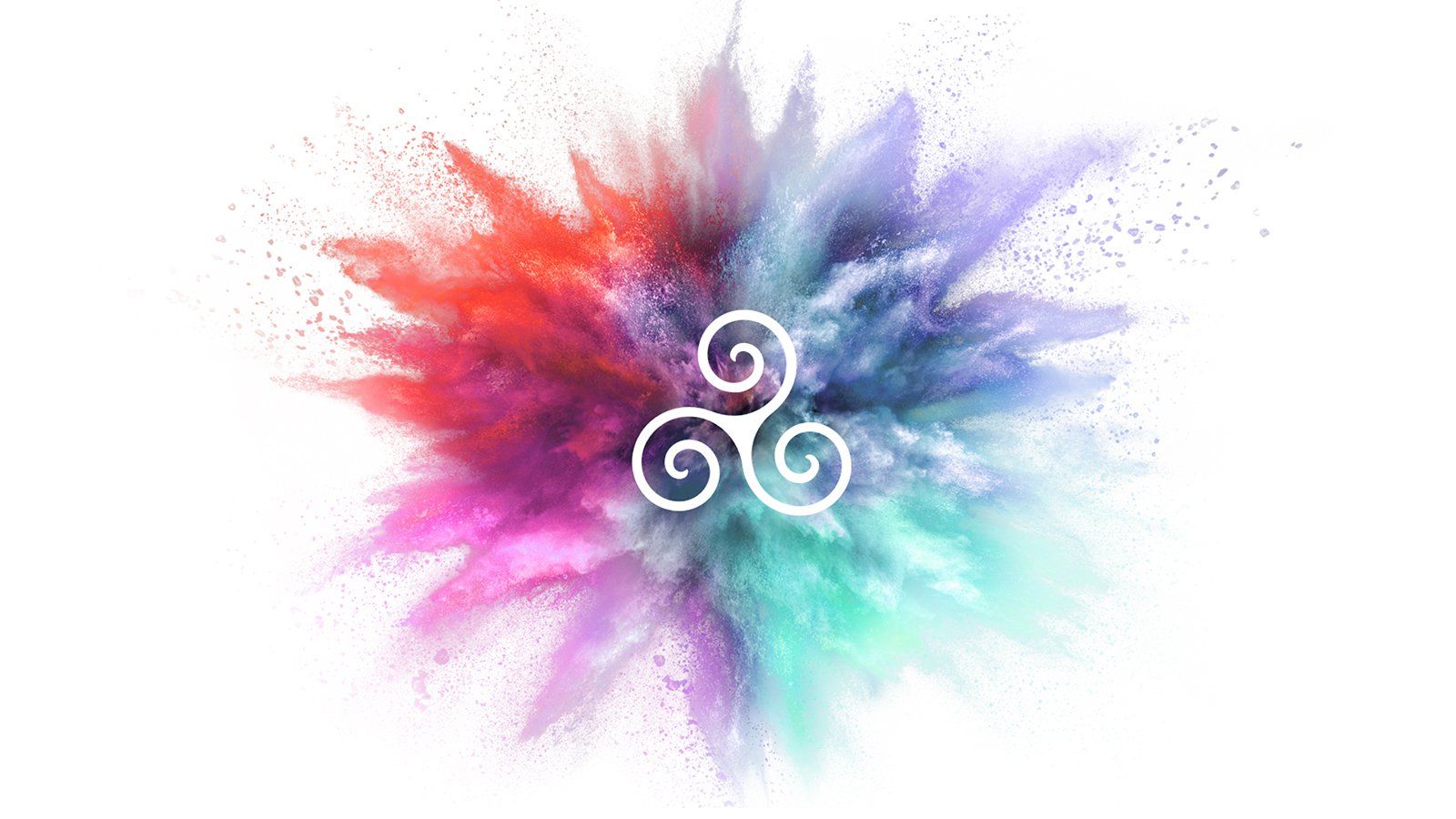
It is somewhat counter-intuitive given the current "ICO landscape" that our intention is not to simply create "a token" to raise funds - but to create a framework for multiple, parallel, crypto economic experiments.
Whereas the majority of social networks take the "one size fits all" route for publishing, curation, moderation, and incentivization, we envision a future in which multiple viewpoints and incentive models can co-exist, intersect and co-evolve in the process.
With this in mind, instead of focusing our efforts on creating "one perfect incentive model", we chose to take the route of a token framework designed to tap into the collective intelligence of participants while maximizing the collaboration potential.
This approach opens AKASHA to massive, parallel, experimentation that should ultimately allow the best solutions to organically bubble up.
You can imagine A/B testing on the crypto economics layer; taking the most interesting token proposals and learning how they impact the health of the ecosystem and its behavior. The most promising ideas will receive extra attention and undergo intense break-a-thons in an attempt to expose any weaknesses.
Most of the experiments will fail and that's okay because we learn from it.
Through these experiments, we increase our chances of finding the "most amazing token ideas for social networks ever."
Moreover, once they are uncovered, we have built in the process the perfect environment where these ideas can reach new levels of insight - since they're not evolving in one mind, but in a sea of minds vibrating in unison. Epic.
That being said, in the first phase, we will not insist on the incentives, rewards and game theory implications as we will focus our efforts on building a prototype followed by an MVP, gradually introducing new functionality throughout the AKASHA dapp.
The incentives, rewards and game theory will be studied in-depth at a later stage when we will begin to understand more about the nature of this new, uncharted, world. On the bright side, the ideas and data gathered in this phase will be used to draft a more detailed plan for the next phase of the experiment!
In conclusion, the topics presented here are active areas of research within the AKASHA project and it is very hard to condense everything in just one blog post. We anticipate more in-depth articles over the next few months as we adventure deeper into this new experiment.
In the meantime, if you're interested to join the fun by collaborating or sharing ideas, you can get in touch with us by sending an email to research [at] akasha.world or by joining our Discord channel.
You can also join us in testing the AKASHA dapps (desktop and web) by opening GitHub issues when something doesn't work as it should. Join a worldwide community of thousands of people who are co-creating today a better Web of tomorrow! \o/
